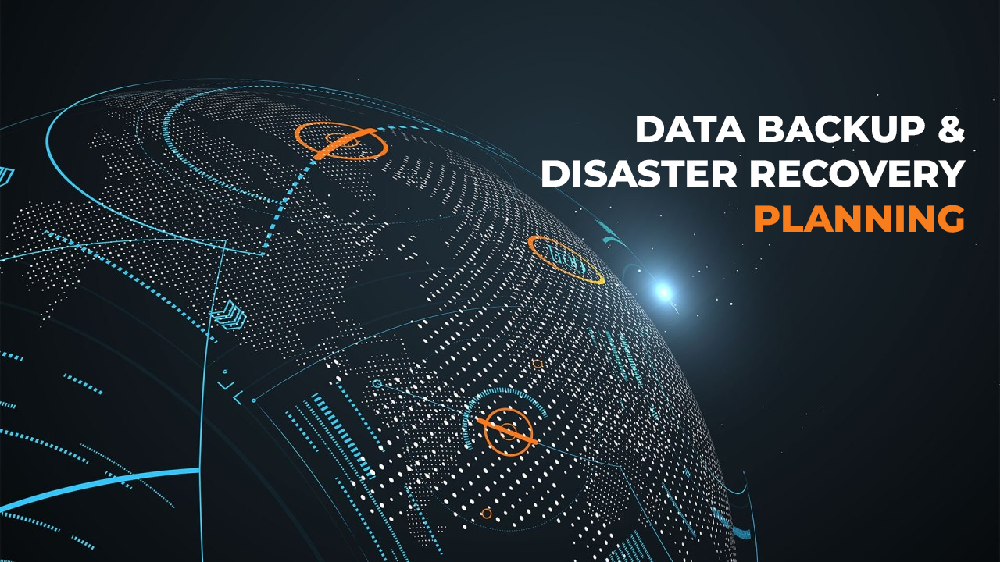Simplifying the crucial process of protecting business data to something that positions the guide as a tool for the MSP
Simplifying the crucial process of protecting business data. Explains different backup strategies (local, cloud, hybrid), RTO/RPO, testing disaster recovery plans, and ensuring business continuity after an unexpected event.
In the digital age, your business data isn't just information; it's your lifeline. Customer records, financial transactions, operational plans, intellectual property – losing it, even temporarily, can cripple operations, damage reputation, and lead to significant financial loss. With a clear, well-structured approach, you can navigate unexpected events with confidence and minimal disruption.
1. Why Bother? Understanding the True Value of Your Data
- Financial Impact: Downtime, recovery costs, legal fees, and penalties.
- Operational Disruption: Halted services, lost productivity, inaccessible critical information.
- Reputational Damage: Loss of customer trust and long-term brand damage.
- Competitive Disadvantage: Falling behind more resilient competitors.
Backup and disaster recovery are investments in survival—not optional IT tasks.
2. Staffing your DR team for 24/7/365 coverage.
Recovery Time Objective (RTO): Max allowable downtime. e.g., 4 hours.
Recovery Point Objective (RPO): Max data loss in time. e.g., 1 hour.
Define RTO and RPO for each system. Not all data is equal—some may require stricter goals.
3. Your Backup Arsenal: Strategies for Data Protection
Local Backups:
- Pros: Fast recovery, low cost.
- Cons: Vulnerable to physical disasters or ransomware.
Cloud Backups:
- Pros: Offsite, scalable, accessible anywhere.
- Cons: Setup complexity, costs, internet dependency.
Hybrid Backups:
- Pros: Combines speed of local with resilience of cloud.
- Cons: Initial management complexity.
The 3-2-1 Rule:
- 3 copies of your data
- 2 different media types
- 1 offsite copy
Tools like Veeam, Azure Backup, AWS Snapshots are used by our dedicating technicians to take back-ups and recover.
4. The Real Test: Disaster Recovery Planning & Testing
What is a DR Plan? A detailed roadmap to restore IT systems post-disaster, covering networks, hardware, software, and personnel.
Key Components:
- Defined disaster scenarios
- Step-by-step recovery procedures
- Team roles & responsibilities
- Communication and escalation plans
- Vendor contacts
Testing is Critical:
- Simulate real-world scenarios regularly (at least annually)
- Identify weaknesses & improve
- Refine strategy and retrain staff
If you lack the dedicated staff to build, test, and maintain these complex plans across all clients, MAGN Intel provides the L2/L3 engineers specialized in DR testing and validation to serve as a seamless extension of your team
5. Beyond Recovery: Ensuring Business Continuity
- Alternate Work Locations: Enable remote or alternate-site work.
- Reliable Communication: Use emergency tools if phones/email fail.
- Key Personnel: Identify who is essential and reachable during a crisis.
- Vendor Coordination: Ensure supply chain continues even if your systems don’t.

